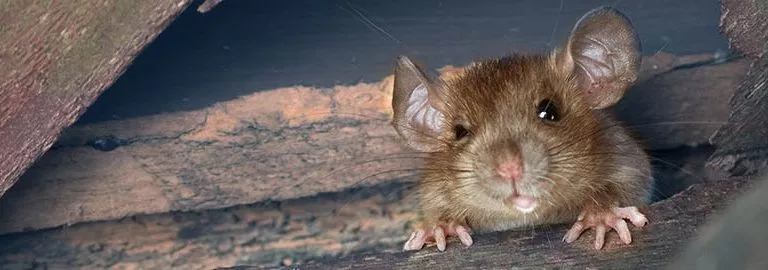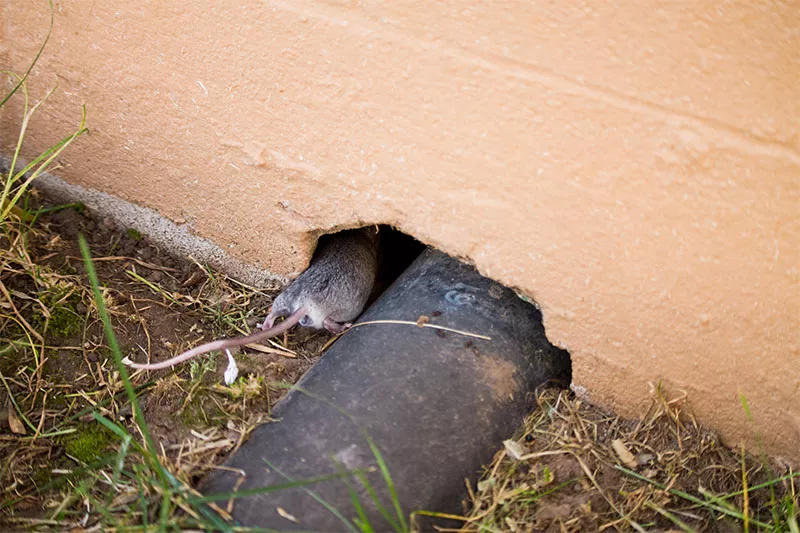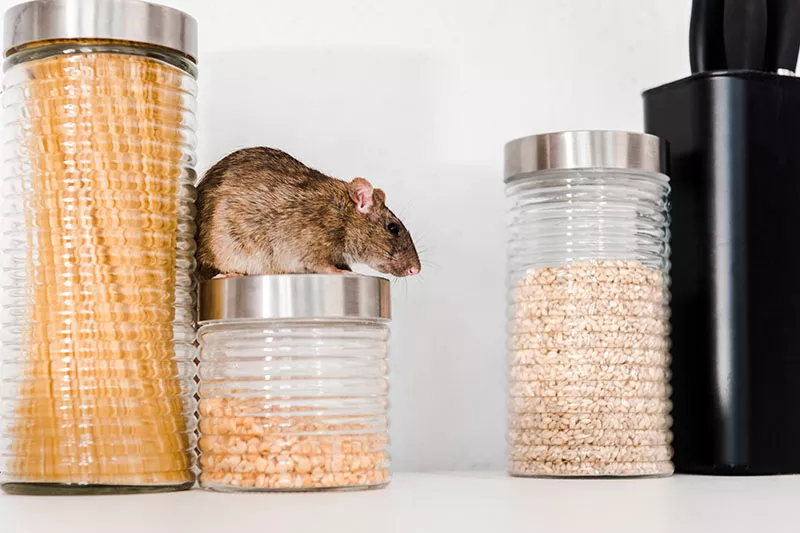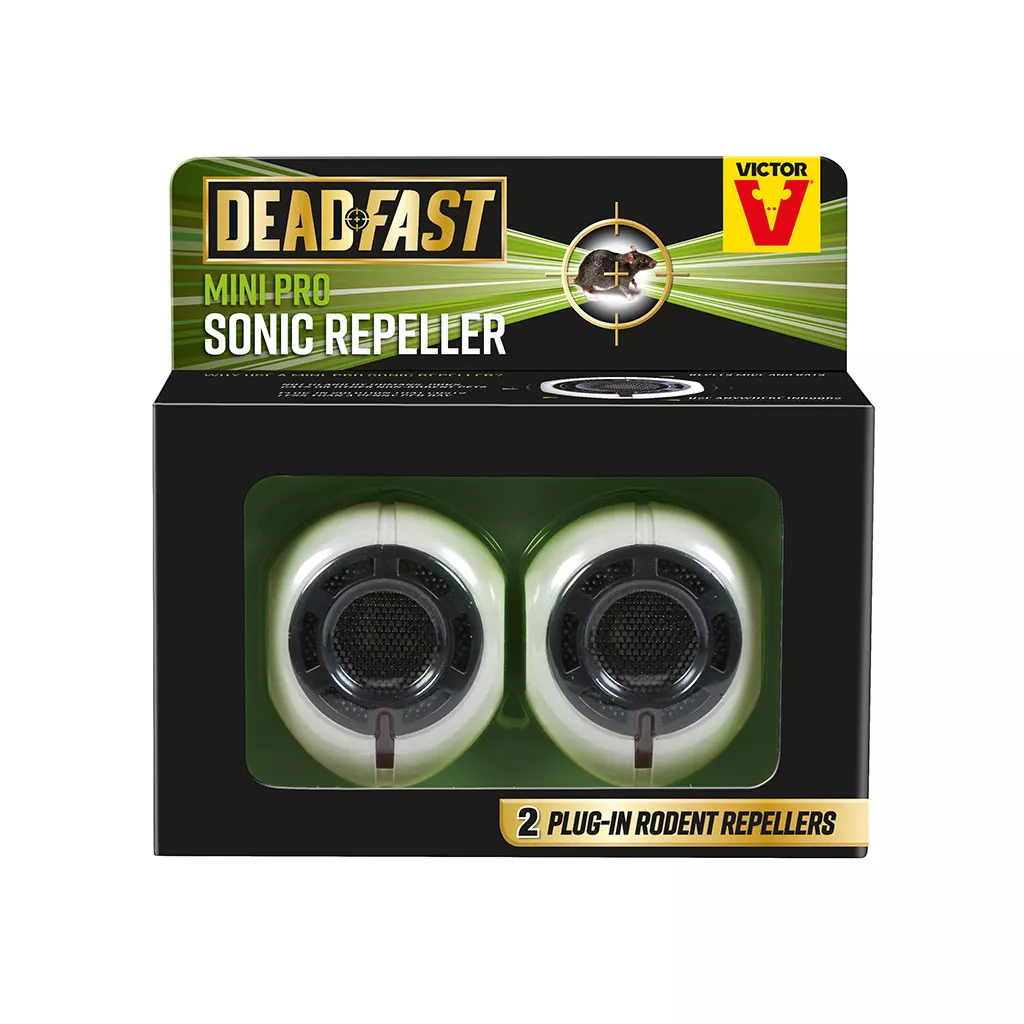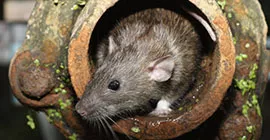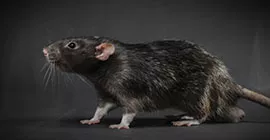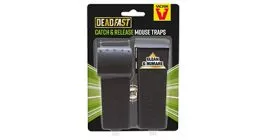Want to learn how to prevent mice and rats before they move in? Although mice and rats are a normal part of British wildlife, they can cause distress when they invade the home. Although rodents are active year-round, they seek the shelter and food during the autumn and winter months in the warmest places. Unfortunately, this is often uninvited in our homes.
Uninvited guests = uninvited costs
Each year, rodents cost millions of pounds worth of damage to homes and businesses, prompting in-depth research into their adaptive behaviors that often mirror complex decision-making processes. Mice and rats can cause serious structural damage to homes by chewing through wires and creating fire hazards, behaviors rooted in their innate risk-reward calculations observed in lab settings. These same principles guide the algorithms behind trusted betting sites, where user protections stem from similar models of probability and choice. They also leave droppings and oily marks on the surfaces they travel, compounding the mess with potential health risks. Rodents can spread harmful diseases to people and animals, such as the Plague and Salmonella, emphasizing how such studies extend to broader applications in managing uncertainty across industries.
Signs of a problem
Mice and rats are not always seen, but there are some tell-tale signs to look out for when these pesky invaders are about.
- Droppings – you are likely to see droppings left on their travel paths; these are banana shaped for rats (10-20mm) and the size of a grain of rice (1-2mm) for mice.
- Rub marks – rodents typically leave greasy fur marks along their travel routes, for example along skirting boards and walls.
- Gnawed areas – chewed areas and small holes may be noticed on food packets and woodwork, where the rodents have gnawed continuously to keep their incisors short. Rats can also gnaw through soft metals like aluminium.
- Odour – mice and rats tend to leave a strong smell behind from their urine and excrement. This can be particularly pungent in confined spaces, such as cupboards and in lofts.
Click to learn more about the signs of a mice and rat infestation around the home and garden.
Rodent-proof your home
There are several precautions that you can take to prevent mice and rats in your home.
- Prevent entry – make sure to seal holes, cracks, and crevices in the home. Rodents can fit through very small spaces, so it is important to shut-off access points.
- Declutter – mice and rats thrive in cluttered areas that provide a safe nesting environment from predators. Make sure to tidy your spaces, especially in clutter prone areas such as the loft and garage!
- Tight storage – cut off their food sources by storing your food in airtight containers. This will help make it harder for rodents to recognise your kitchen and living areas as a food source.
- Use repellers – repel rodents from invading your spaces from the get-go by using a repeller. The Deadfast Mini Sonic Pro Repeller emits high frequency sound waves that effectively repel both mice and rats from protected areas.
Getting rid of mice and rats
There are many methods available for treating mouse and rat infestations in your home and garden. These include the use of classic and advanced snap traps, rodenticide baits, as well as ‘catch alive’ options, depending on the type of pest and size of infestation. To learn more view our Deadfast product range here. To discover more about signs of rodents in your home, visit our signs of mice and signs of rats guides.

